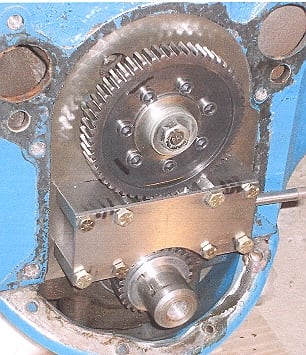Jack Gifford
Automotive
- Jan 6, 2019
- 25
I just read that Honda used "gear pairs" for the primary drive in their 1968 CL350 motorcycle to have the efficiency of straight-cut gears without the usual noise. I need a primer on "gear pair" principles and design details.

